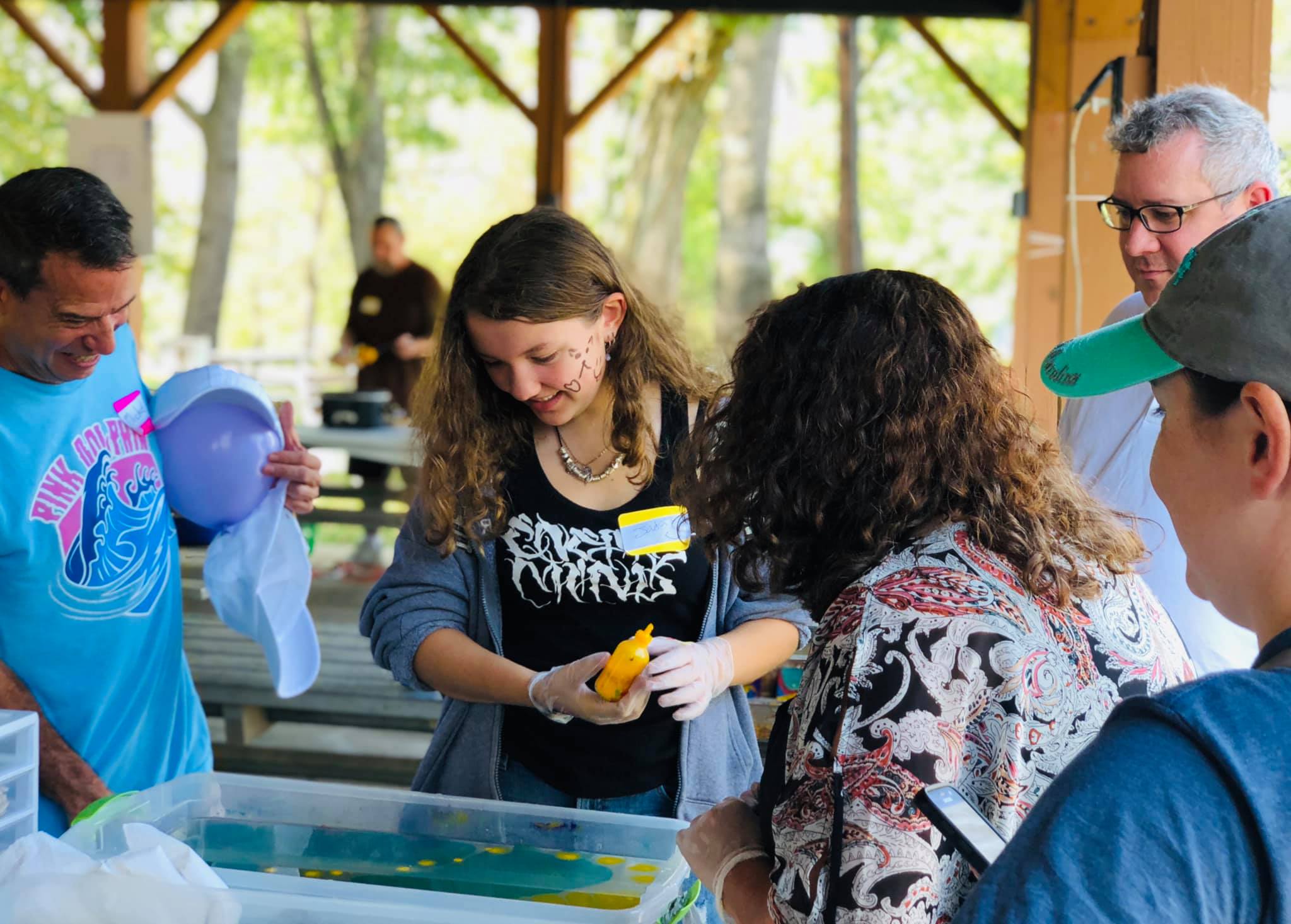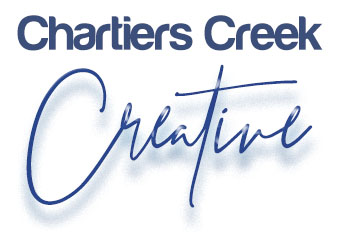loading...
An art almost anyone can do successfully from their very first try, and yet spend a lifetime mastering!
Water marbling has its roots in the ancient Turkish art of Ebru. Though the original form of Ebru used watercolors, acrylics became the paint of choice after being introduced to the art scene in the 1950s.
The Ebru art form involves thickened water using a seaweed called carageenan, and then floating the paint on top of the water. Paint can be dropped onto the thickened water one drop at a time, or a brush can be dipped into a jar of paint, and then splattered across the top of the water surface, also known as stoning. Paints do not mix to create new colors, but spread out, as if repelled. Each time a new drop is added on top of another drop, the first drop spreads out to make room for the new drop. Several layers of drops can be added for beautiful color rings, which can be left as is, or can be raked in various patters or swirled freehand using a stylus. Once the design has been established and created, an object such as paper or silk scarf is then laid on top of the water so that the paint is then transferred from the water to the object. The transfer is immediate. Many people ask if there is any bleeding, but paint generally does not bleed, as you might expect with a dye.
Ebru patterns were traditionally cataloged and sold to book makers for beautiful interior book covers on heavy papers, some of which we continue to find in older books today. Ebru is also considered an original form of watermarking, and as such was used on important documents such as property deeds and certificates. These same Ebru patterns can be applied to almost any other object.
Once background designs are established, master Ebru artists continue by creating intricate flower designs and other scenery on top of the background. Skies, sun and moon, birds, butterflies, leaves and other elements can be added. Tulips, carnations, hyacinths, roses, irises and evil eye flowers take time to master and are taught in workshops for intermediate and advanced learners. There is no limit to the type of art you can create on water, and as always, we encourage your creative license and freedom to try your own variations. We will occasionally hold Exploratory Water Art Workshops where advanced artists provide a demonstration before turning over to you, offering assistance as needed. If you are interested in this type of workshop, please contact us.
Water marbling and swirling take their roots from Ebru, and can be applied in much the same way. Some water marbling techniques are referred to as “marbling”, “swirling”, “dipping” or “hydro-dipping”, and use either acrylics or enamel paints. Water is thickened with seaweed or borax, depending on the application and surface of the object being marbled. Some forms of hydro-dipping and swirling do not required thickened water at all.
We have adapted this beautiful art to be applied to different objects, and we’re always open to trying new things. If you have an idea that you’d like to try in a private class, please contact us to discuss the details. Below is a list of objects that Chartiers Creek Creative has successfully explored.
Wall Art
- Paper – the original art form, often framed.
- Canvas banners
Household Objects
- Drink coasters
- Wood cutouts
- Cell phone cases
- Lamp shades
- Scrap packs – this is done on paper, used for scrap-booking pages and elements.
- Skateboards
- Guitars
Fabric Art
- Tapestries
- Pillow cases
- Hats
- Silk scarves
- Silk neck ties
- Blanket squares

